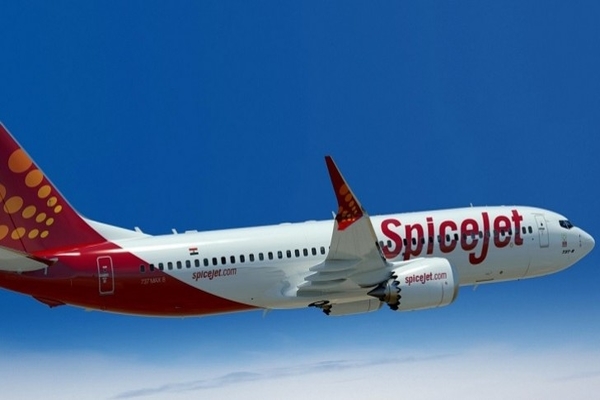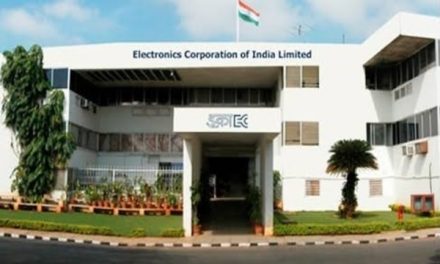The Reserve Bank of India (RBI) on Tuesday issued modified norms on Interest Equalization Scheme for export credit after the extension of the scheme till March 2024 by the government.
Earlier, the government approved the extension of the Interest Equalization Scheme for pre and post-shipment rupee export credit up to March 31, 2024. The extension takes effect from October 1, 2021, and ends on March 31, 2024, the RBI said in a notification.
As per the modifications made by the government to the scheme, the telecom instrument sector having six HS (Harmonised System) lines shall be out of the purview of the plan, except for MSME manufacturer exporters.
Revised interest equalization rates under the scheme will now be three per cent for MSME manufacturer exporters exporting under any HS lines and two per cent for manufacturer exporters and merchant exporters exporting under 410 HS lines (after excluding 6 HS lines of the telecom sector), the notification said.
.
Banks, while issuing approval to the exporter, will necessarily furnish – the prevailing interest rate, the interest subvention being provided and the net rate being charged to each exporter. This is to ensure transparency and greater accountability in the operation of the scheme, it added.
.
The RBI notification further said the extended scheme will not be available to those beneficiaries, who are availing the benefit under any production linked incentive (PLI) scheme of the government.
.
From October 1, 2021, to March 31, 2022, banks shall identify the eligible exporters as per the scheme, credit their accounts with the eligible amount of interest equalization and submit a sector-wise consolidated reimbursement claim for the said period to the RBI by April 30, 2022, according to the notification.
.
India had offered to sell a 5% stake, or about 316 million shares in the insurer in what was seen as India’s Aramco moment. Just like the Gulf oil giant’s $29.4 billion listing, the world’s largest, LIC’s debut would test the depth of the nation’s capital markets and global appetite for the state-owned entity.












